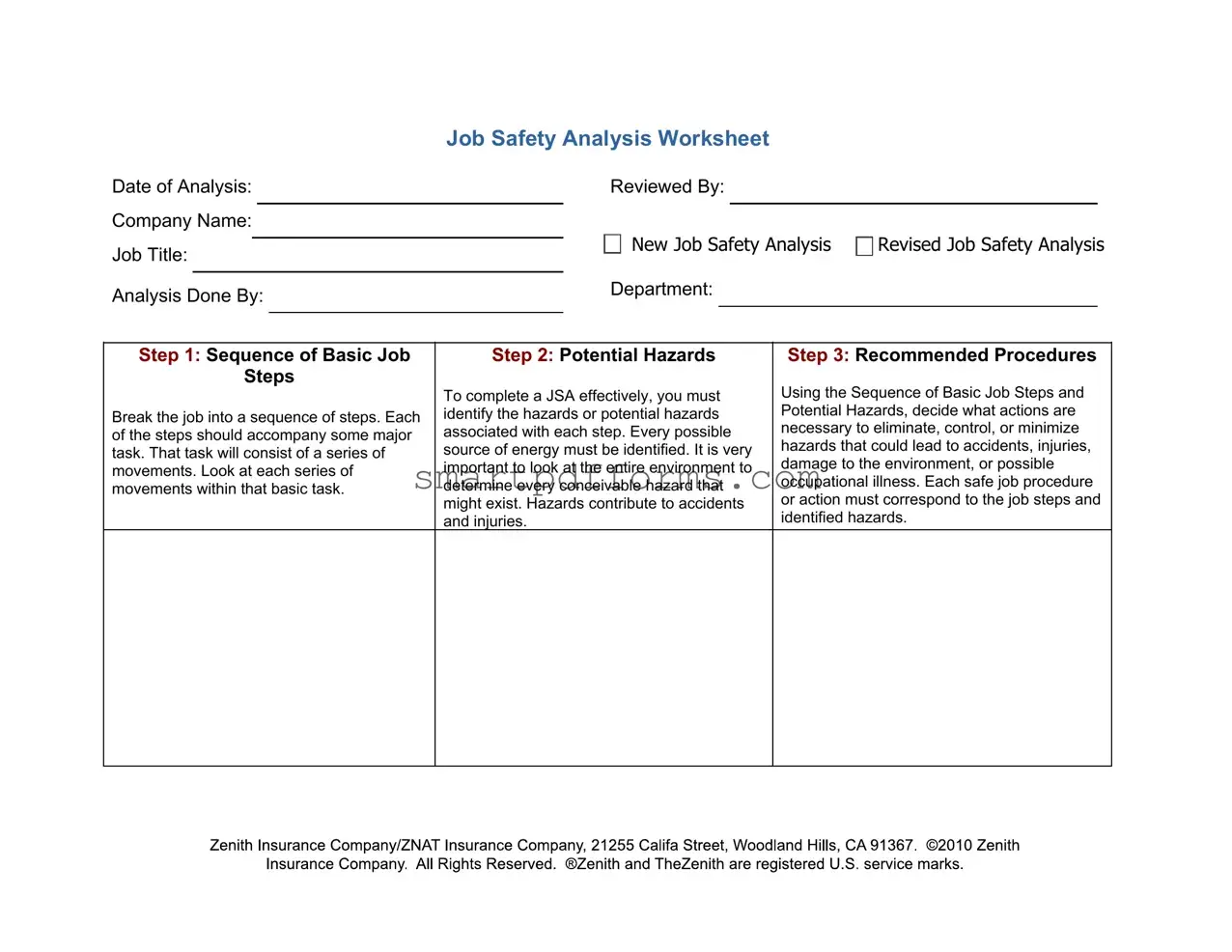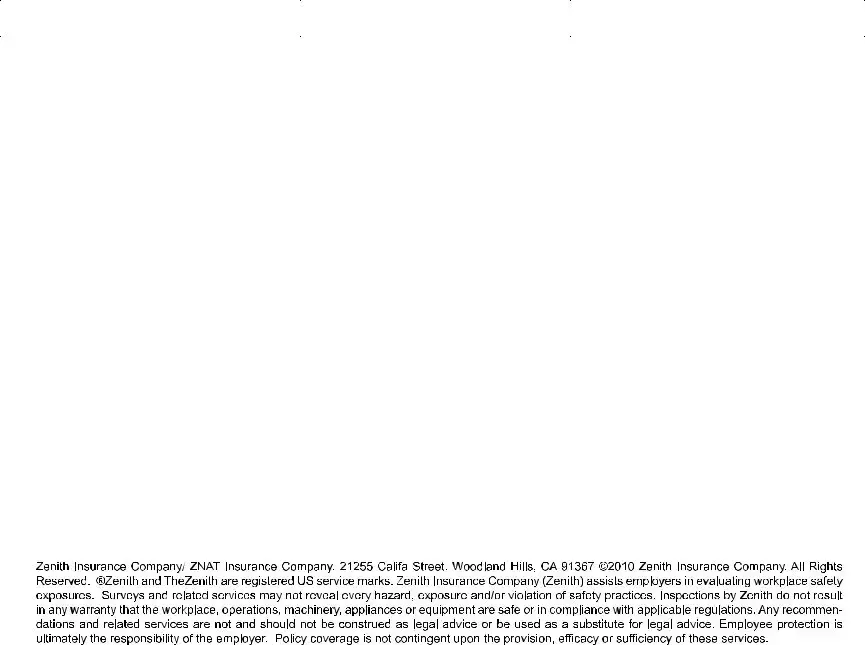Blank Job Hazard Analysis PDF Template
A Job Hazard Analysis form serves as a crucial tool for identifying and understanding the risks associated with different job tasks. By breaking the job down into basic steps, evaluating potential hazards, and outlining recommended preventive measures, this form helps in creating a safer workplace environment. For those looking to enhance their workplace safety protocols, clicking the button below to fill out a Job Hazard Analysis form is a solid first step towards accident prevention.
Make This Document Now


